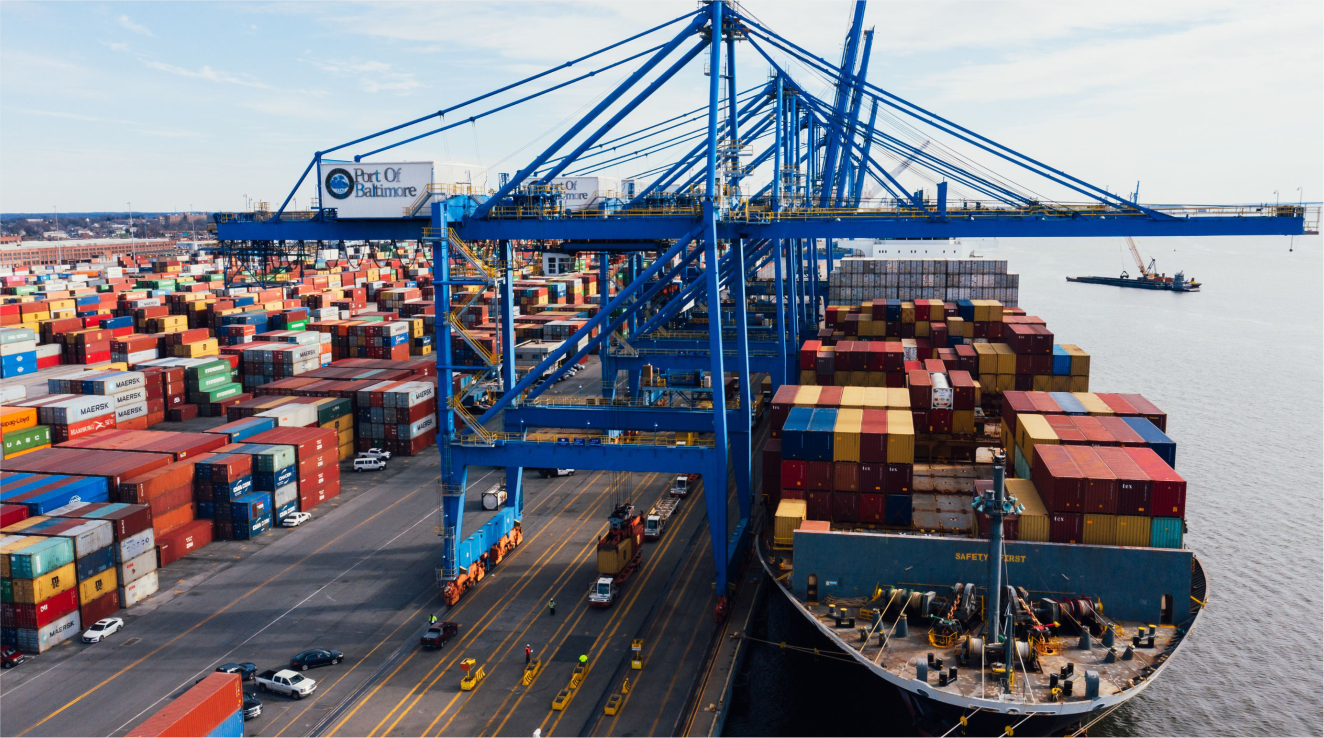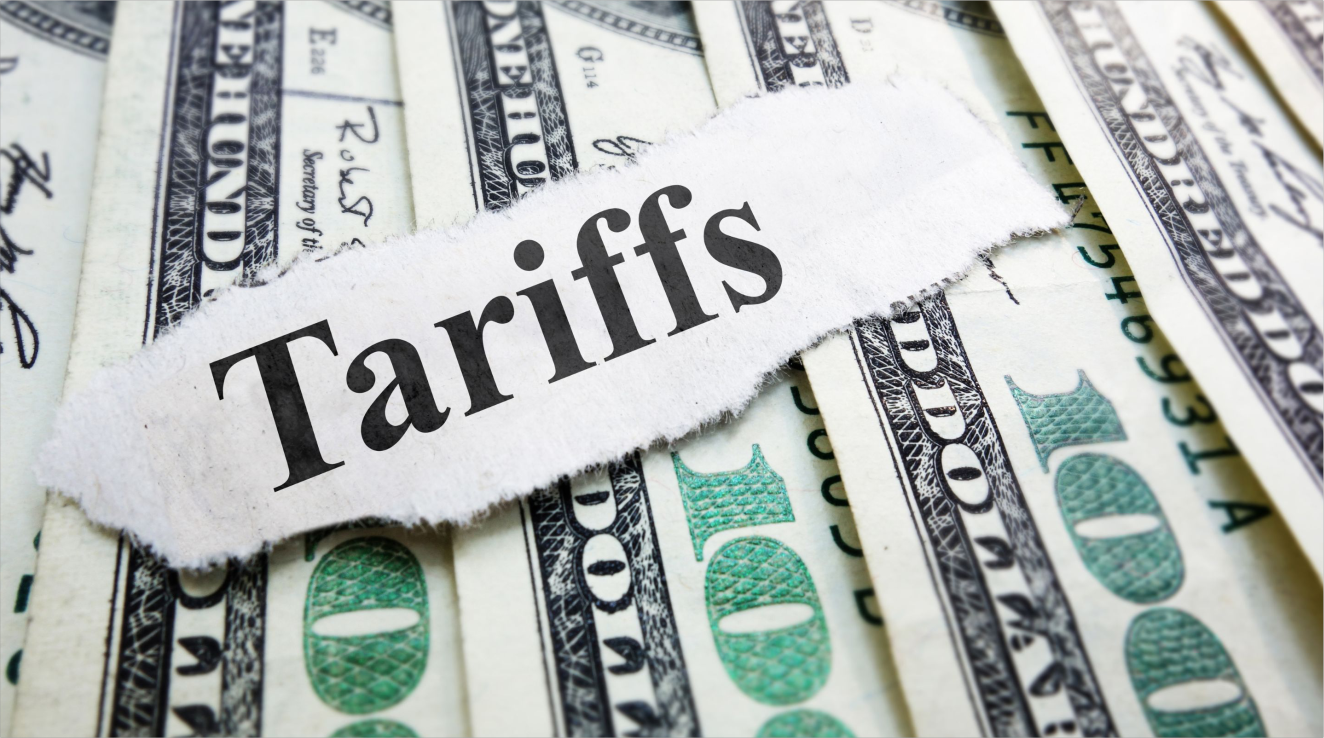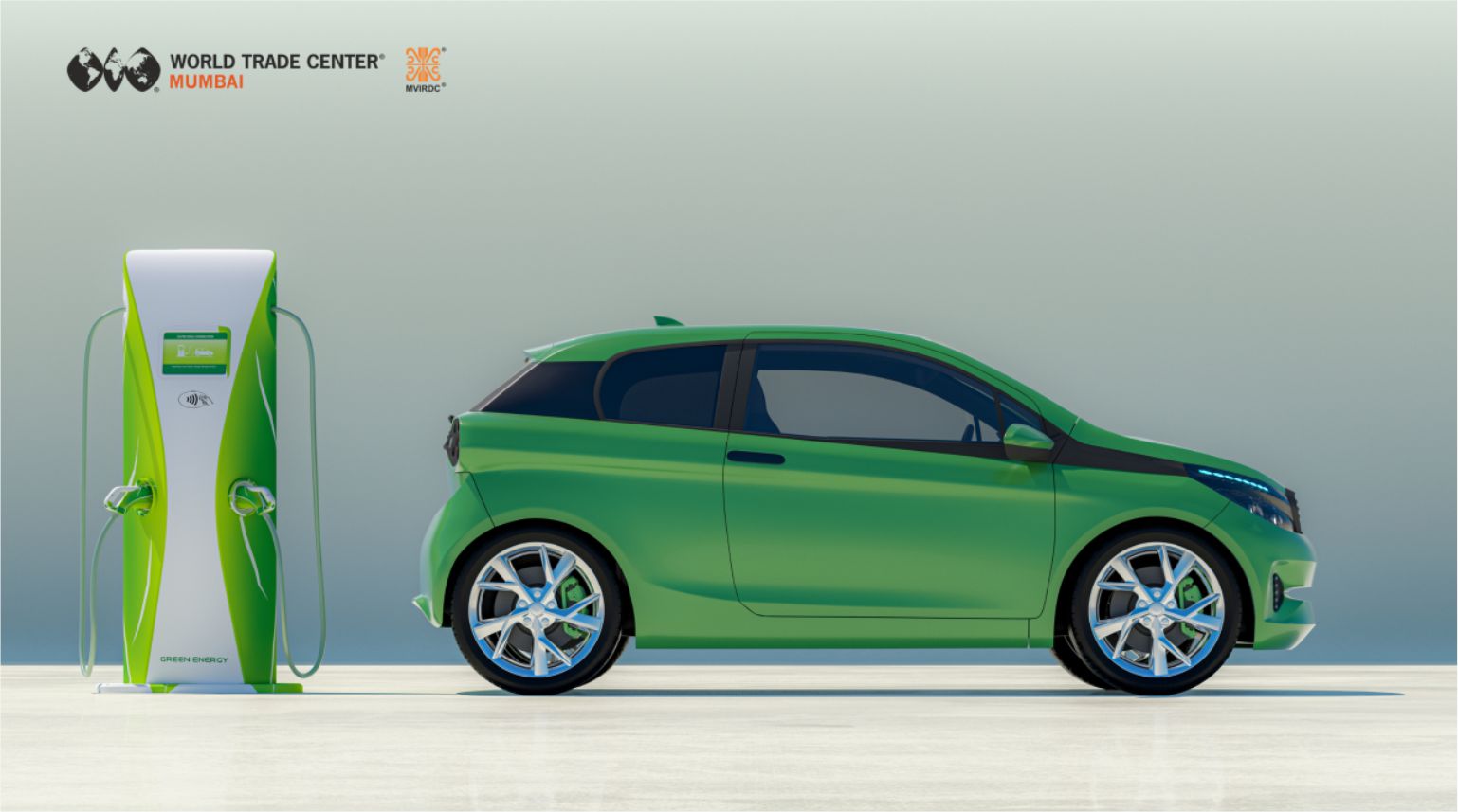During Prime Minister Narendra Modi’s visit to the United States, India and the USA jointly launched the U.S.-India COMPACT (Catalyzing Opportunities for Military Partnership, Accelerated Commerce & Technology) for the 21st century. This initiative seeks to enhance bilateral cooperation across key sectors, including trade and investment, defence, energy security, technology, and innovation.
A key component of this initiative is Mission 500, which aims to double bilateral trade between India and USA to USD 500 billion by 2030. To achieve this ambitious goal, both countries plan to negotiate a multi-sector bilateral trade agreement focused on reducing tariff and non-tariff barriers and strengthening supply chain integration. The agreement will also seek to boost exports of industrial goods from the U.S. to India while enhancing India’s exports of labour-intensive goods to the U.S. Thus, the agreement will promote each other’s ambition to strengthen their manufacturing sectors and enhance employment opportunities.
India-USA trade
The United States is the world’s largest consumer market and one of the largest importers of goods, with a persistent trade deficit. It is one of India’s major trade partners with total trade of USD 119 billion as of 2023-24. This accounts for 10% of India’s total trade and 18% of its total merchandise exports. India also enjoys the highest trade surplus with USA. India’s major exports to USA include pharmaceuticals, precious metals, petroleum products and textiles whereas major imports include crude oil, aircrafts and metal waste.
India’s Export Potential
India has a competitive advantage in 1077 tariff lines, offering an export potential of USD 383 billion to the U.S. Pharmaceutical, electrical machinery, fuel and energy, textiles, and metal products are the top five sectors with highest export potential. Together, these sectors account for 67% of India’s total export potential to USA.
The top 10 products (As per tariff lines) account for 59% of total export opportunities to the U.S as listed in the following table. Among them, medicaments hold the highest export potential at USD 62 billion, driven by India's globally competitive pharmaceutical industry and its role as a key supplier of generic medicines.
Mobile phones represent another major opportunity, with an export potential of USD 56 billion, reflecting India's growing capabilities in electronics manufacturing and assembly under the "Make in India" initiative. Also, refined petroleum products, including medium and light oils have an estimated export potential of USD 62 billion.
Conclusion
The proposed trade pact holds significant economic potential. A bilateral trade agreement addressing tariff barriers, supply chain integration, and market access could be instrumental in achieving the USD 500 billion trade target.
The United States, as a major industrial hub, could support India’s efforts to diversify its import sources for capital goods—a sector where India is currently heavily reliant on China. India’s labour-intensive products, such as textiles, food processing, handicrafts, footwear, and gems & jewellery, could benefit from preferential access to the U.S. market. Also, as one of the largest consumer markets in the world, the U.S. granting preferential access to India could support its efforts to become a global manufacturing hub, particularly in high-tech sectors like semiconductors and advanced electronics.













